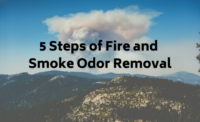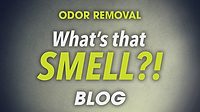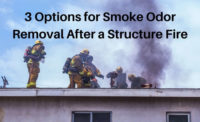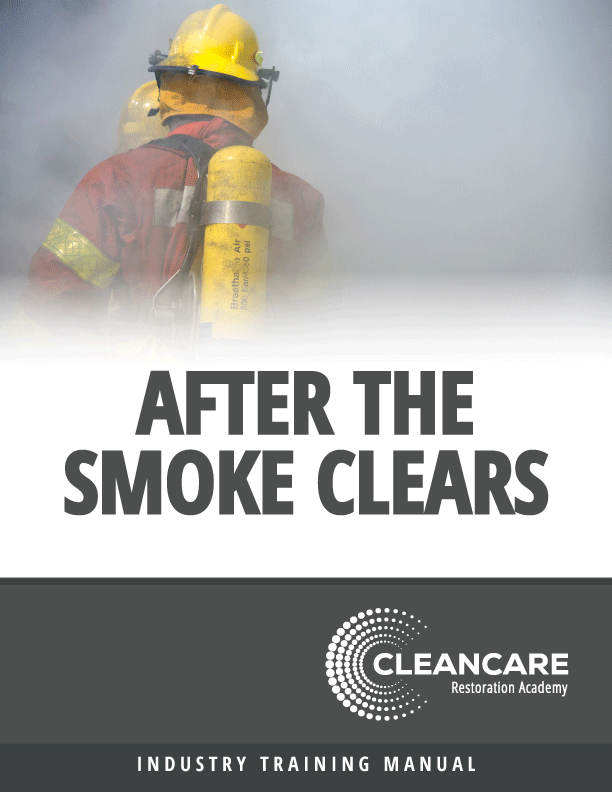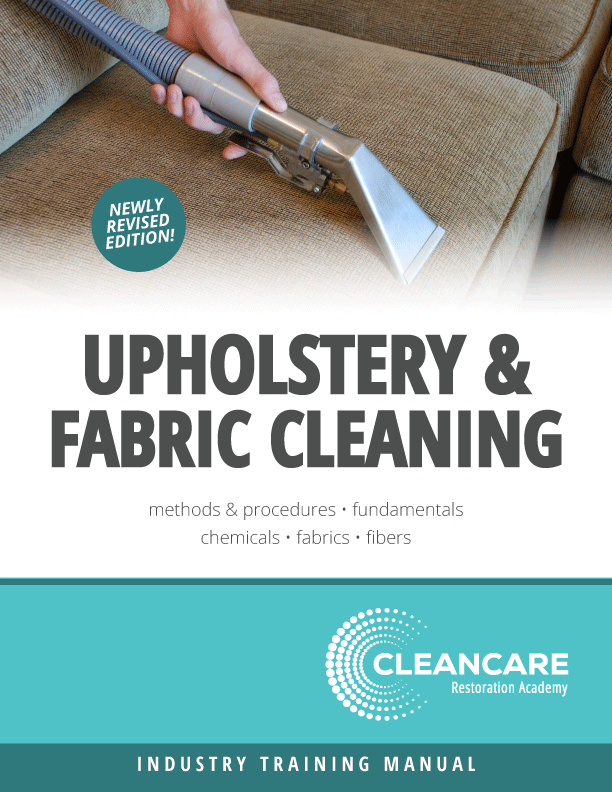Achieving Smoke Odor Removal Success
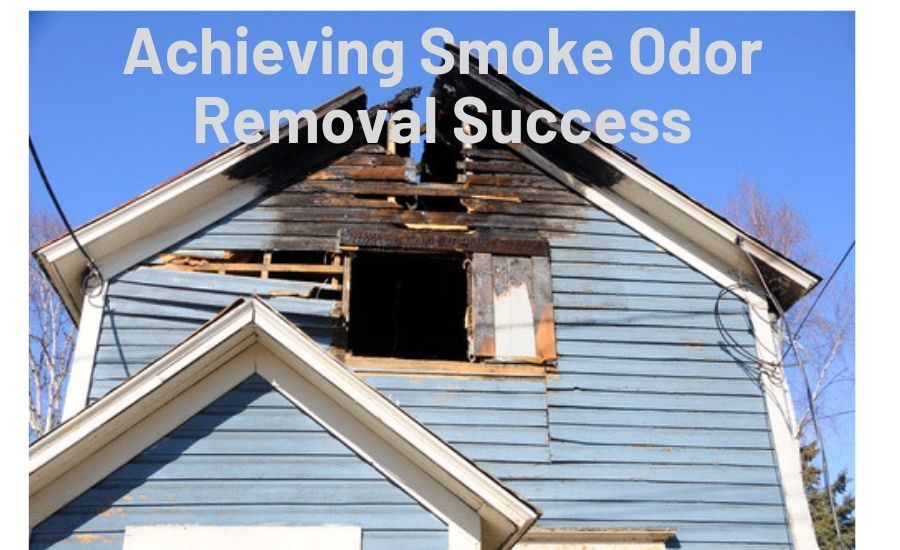
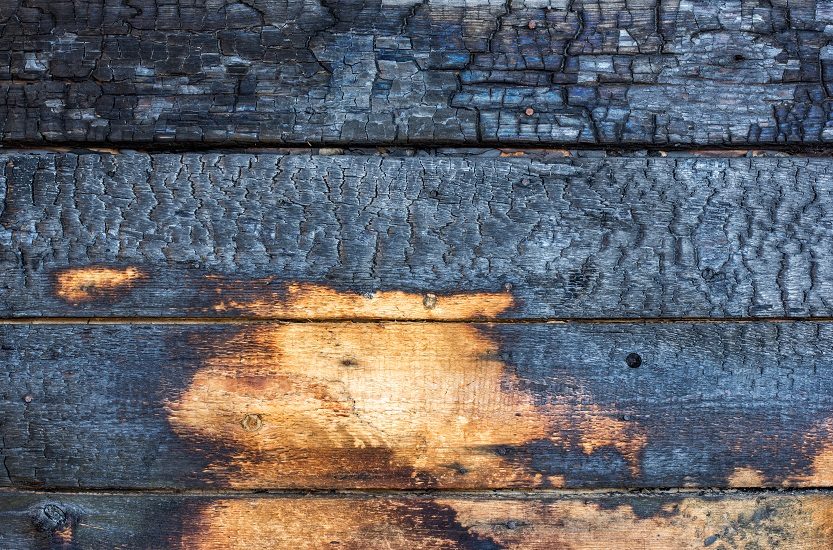
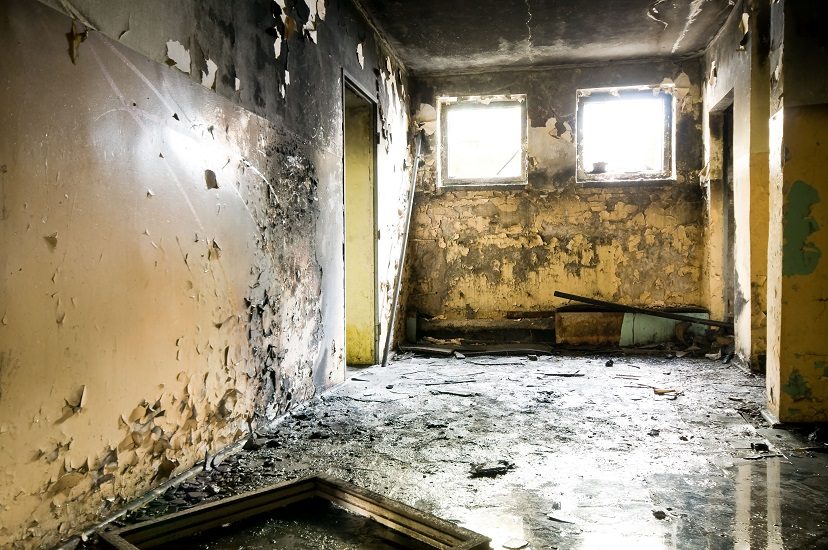
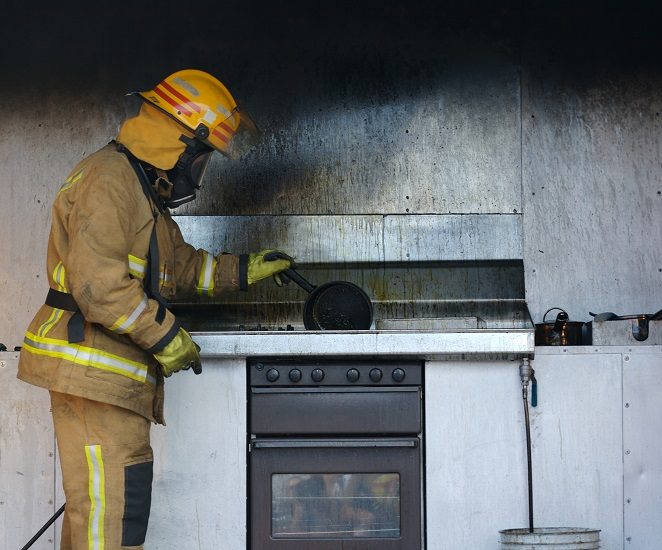



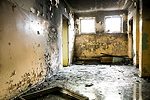
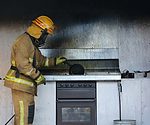

Structural fires create an especially complex odor removal challenge: extreme temperatures, different types of materials, and varying amounts of available oxygen are just some of the variables you have to consider.
For example, surfaces sustain damage to varying degrees based on their proximity to the fire and the height of the surface. Typically, elevated temperatures occur within higher levels in the affected space – and higher temperatures cause surface pores to open and expand allowing odors to penetrate deeply into materials.
Source removal
When tackling a fire restoration job, start by quickly removing as many smoke odor contaminants as possible, including all materials that are not restorable, e.g., heavily charred wood and fallen wallboard surfaces. Vacuum remaining restorable surfaces with a HEPA-filtered device or dust with a lamb’s wool duster.
This stage of smoke damage remediation promotes worker safety and increases the probability of successful surface restoration. Plus, removing the top layers of soot makes smoke residue removal more efficient when you later apply water-based cleaning solutions. The longer surfaces are exposed to unpleasant odors or gasses, the more deeply surfaces adsorb them.
Odor counteractants
Next apply odor counteractants to surfaces, especially the floor area, as approximately 80% of smoke residues fall on horizontal surfaces. Some fire restoration professionals refer to this type of reside as free-floating smoke. Using smoke odor counteractants at this stage helps with both real and psychological odor.
Psychological odor is what customers think they smell due to the devastation they see. Use a suppression spray like ODORx™ 9-D-9 on surfaces and floors, and sprinkle ODORx COC crystals to help knock odors down fast. Specialty products like ODORx Double-O are especially effective on burned protein odors. This process helps suppress bad odors and potentially dangerous gasses.
On some jobs, you will need to treat airborne odors or push deodorization products into hard-to-reach places where smoke travels. Pros may disagree on the best approach, but ultimately, the “right” method is the one that is effective and safe for the restorer. For example, at the beginning of the project, thermal fogging may provide fast and effective airborne odor control. When products like ODORx Thermo-55 or Thermo-2000 are fogged, they become aerosolized, specifically combatting smoke odors.
Specific fragrances are best at addressing odors from different fire sources. Here’s a quick guide for choosing the most appropriate scent:
- Protein: Citrus/Lemon
- Synthetic: Kentucky Blue Grass
- Natural: Neutral or Cherry
- Tobacco/Cannabis: Tabac-Attack
For scent-sensitive occupants, Thermo-2000 also comes fragrance free.
Cleaning
Thorough cleaning is vital to controlling odors. High performance degreasers, such as Unsmoke® Degrease-All or Wall Wash, are very effective at removing sticky soot residue. You can make them more effective by adding a liquid odor counteractant, such as ODORx Double-O or Liqui-Zone (for really challenging odors), to attack odors while removing the smoke residue.
Filter the air
Once initial source removal and cleaning is complete, add an air filtration device such as the Dri-Eaz® HEPA 500 equipped with an activated carbon filter to help control potentially harmful particles and gasses. Activated carbon traps odors and gasses still lingering in the air without emitting a fragrance or releasing oxidizing materials. Hydroxyl generators are also an option – they utilize ultraviolet light and water vapor to oxidize odors, and when people and pets are not going to be in the space, an ozone machine may be an option.
See the full variety of smoke remediation products at SmokeOdors.LegendBrandsRestoration.com
This is merely an introduction to smoke odor removal procedures and products. If you are new to the fire restoration industry, you should attend a smoke and fire restoration course – check LegendBrandsEducation.com for classes scheduled nearby. If you are an experienced professional, attending a course may give you new insights or a fresh opportunity to review your procedures.
Looking for a reprint of this article?
From high-res PDFs to custom plaques, order your copy today!



